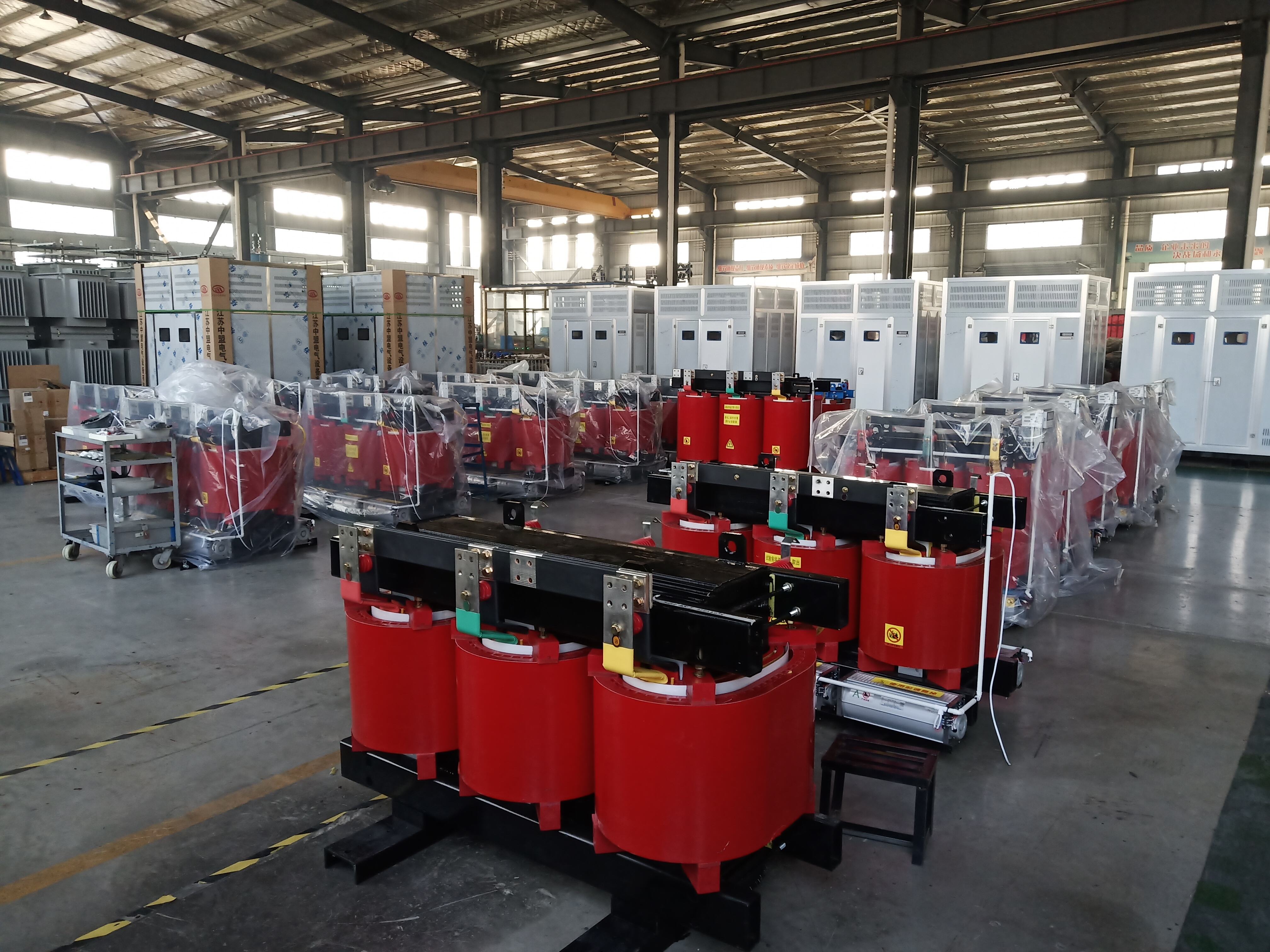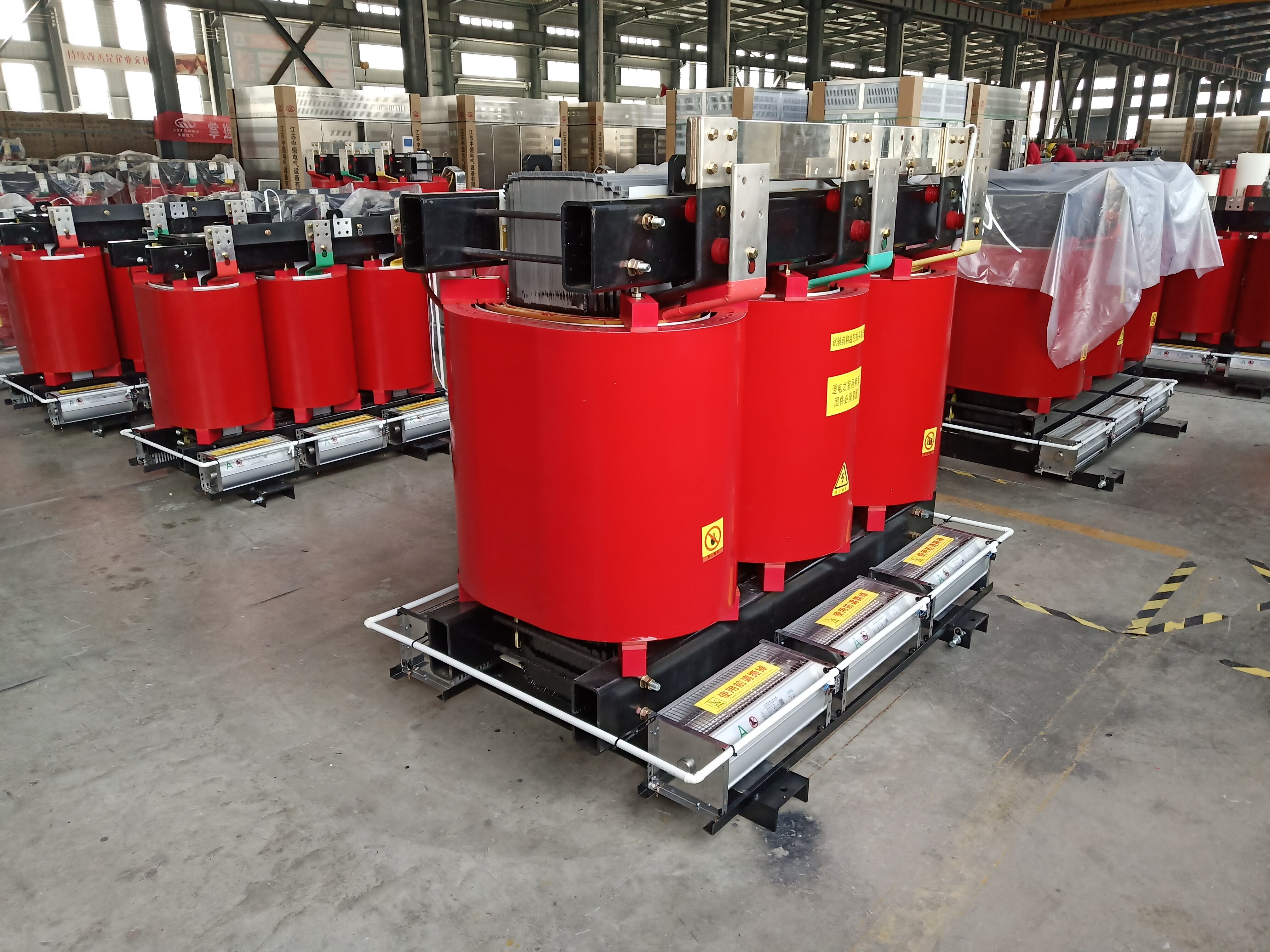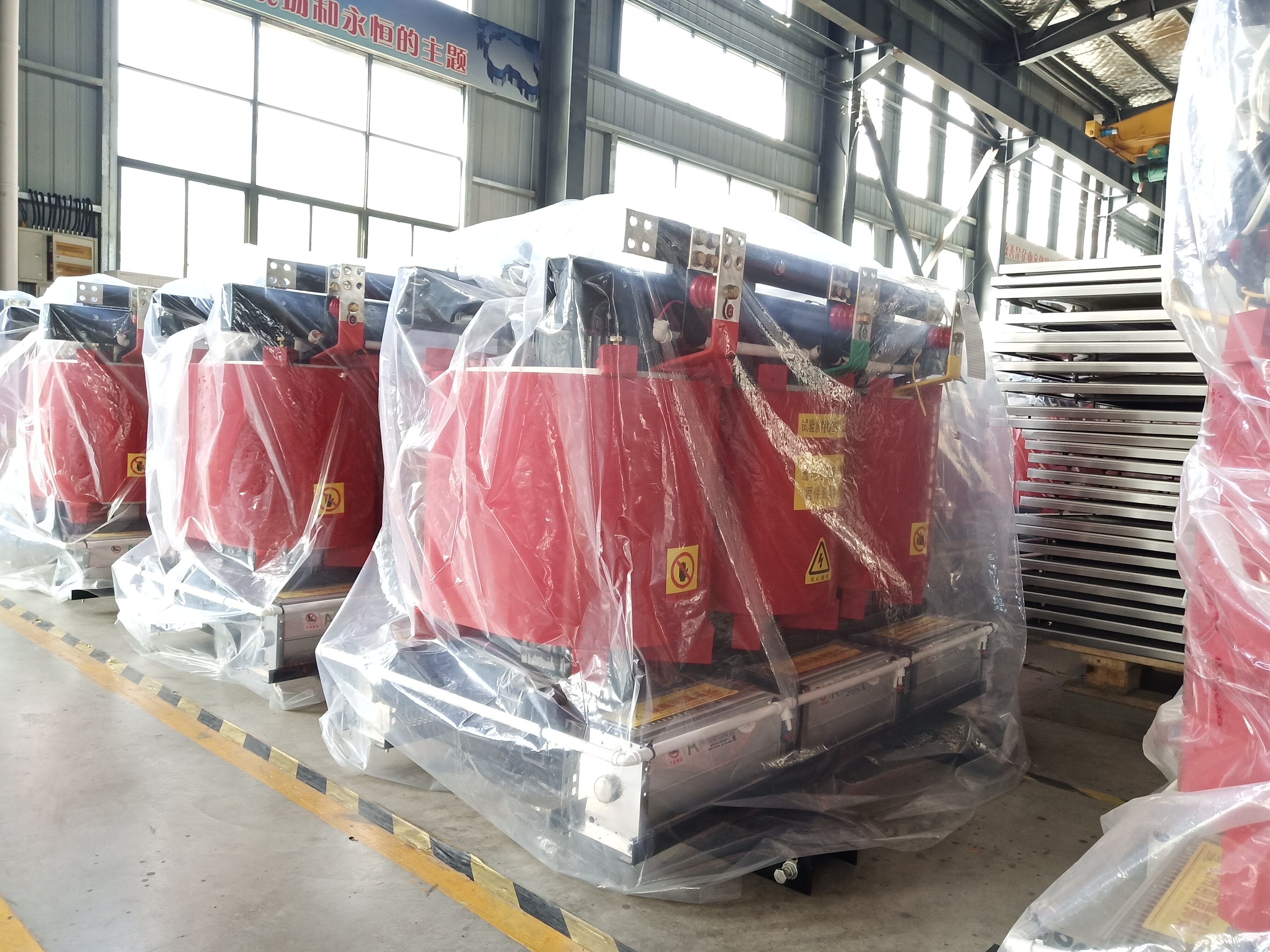electrical transformer
An electrical transformer is a crucial device in power distribution systems that transfers electrical energy between two circuits through electromagnetic induction. This static device consists of two or more coils of insulated wire wound around a core, typically made of iron. The primary function of a transformer is to either step voltage up or down while maintaining the same frequency, enabling efficient power transmission across vast distances. In its basic operation, when alternating current flows through the primary winding, it creates a changing magnetic field in the transformer's core. This magnetic field then induces a voltage in the secondary winding, with the voltage ratio determined by the number of turns in each coil. Modern transformers incorporate advanced features such as efficient cooling systems, sophisticated insulation materials, and protective components that ensure reliable operation under various conditions. These devices are fundamental to our electrical infrastructure, finding applications in power generation plants, electrical substations, industrial facilities, and consumer electronics. They enable the practical distribution of electricity from power plants to homes and businesses by allowing voltage levels to be adjusted as needed throughout the transmission process.


